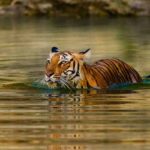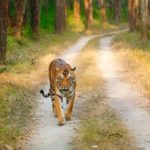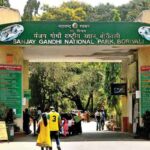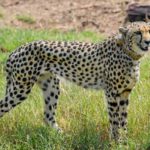Royal Manas National Park is located in Bhutan’s southern region, close east of the country’s border with India. The park has a total area of 408 square miles (1,057 square kilometres), making it the country’s fourth largest national park.
Royal Manas is Bhutan’s oldest protected area and is lovingly known as the Kingdom’s Conservation Showpiece. The park borders Jigme Singye Wangchuck National Park, Phrumshingla National Park (previously Thrumshingla), and Royal Manas National Park in India, all of which are working together to safeguard the region’s wildness and wildlife.
There are a variety of habitats in the national park, including cold broadleaved woods, Warm broadleaved woods, lowland tropical forests, subtropical forests, and tropical monsoon forests are all examples of tropical monsoon forests. The Manas River, which runs through the park, is the inspiration for the park’s name.
The streams that flow into the river from the highlands form deep riverbeds and adjacent grasslands, as well as abundant vegetation. The greenery provides habitat for a diverse range of species. The park’s topography is covered in woods, which include 348 different types of large trees.
The national park is home to its own version of the “Big 5,” which is typically associated with Africa. The Bengal tiger, Indian rhinoceros, Asian elephant, and clouded leopard are among Bhutan’s Big 5, and Asiatic water buffalo or the gaur. Leopards, civets, pygmy hogs, golden langurs, and a variety of other animals make up the rest of the biodiversity.
Over 425 kinds of birds breed and migrate inside the park’s boundaries, making it a birdwatcher‘s paradise. There are approximately 10,000 bug species, which you may or may not be interested in learning about. The Ganges river dolphin and a variety of fish can be found in the river.
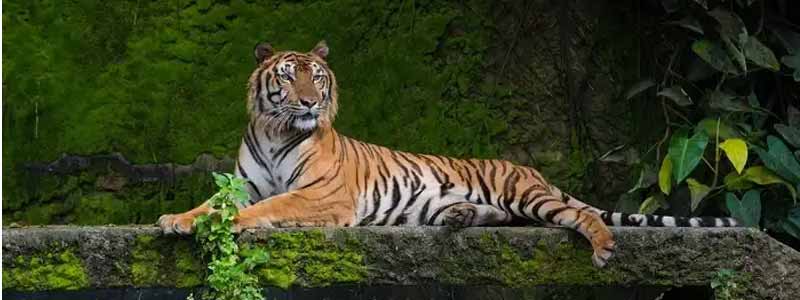
Things to Do at the Royal Manas National Park
There are many activities you can engage in while at the Royal Manas National Park. Some of them are:
- Birdwatching: There are many distinct bird species at the Royal Manas National Park, including the Rufous-Necked Hornbill, Wreathed Hornbill, Pied Hornbill, Great Indian Hornbill, Pigeons, Swifts, Bustards and so on.
- Mountain Biking: Mountain Biking is a famed activity not just at the Royal Manas National Park, but throughout Bhutan due to its terrain.
- Take a Hot Stone Bath: Hot Stone Baths are one of the unique and popular activities of Bhutan. The medicinal and recreational properties of these baths are numerous, relaxing your body and mind to a new level.
- Experiencing Bhutanese Culture: The Royal Manas National Park is home to many Bhutanese Villages, as it spans across three Dzongkhags. You can visit one of the many villages present in the accessible areas, experience the culture here, and if you’re lucky, attend a local festival too!
- Camping: The beautiful surroundings of the Royal Manas National Park make it a prime site for camping. There are certain areas that the Royal Government of Bhutan allows camping in.
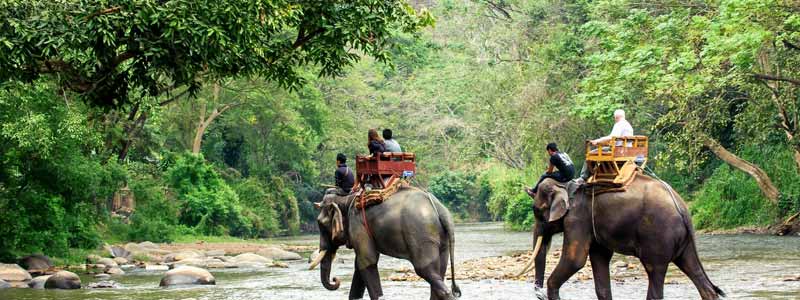
Flora and Fauna at the Royal Manas National Park
- A haven for animals, birds and plants, Royal Manas National Park houses distinct varieties of wildlife and plant species within its boundaries, including some rare endangered species.
- 558 species of flora, 65 species of mammals, 489 species of birds, 60 species of fishes and more than 180 species of butterfly are the recorded number of species that are found here.
- Royal Bengal tiger, golden langur, clouded leopard, Asian elephant, Asiatic water buffalo, dhole and Asiatic gaur etc. are the various mammal species found here. Endemic and globally threatened species such as Golden Langur and Pygmy Hog can be spotted in the national park.
In fact, out of the 65 mammal species, 2 are critically endangered, 8 endangered, 9 species are almost threatened and 11 others come under vulnerable list. - The presence of such diversity and richness accounts for its immense popularity of the Royal Manas National Park all across the globe. The national park also holds the honour of housing about 70% of the country’s birds population within its boundaries.
- Three of them, i.e White-bellied Heron, White-rumped Vulture and Red-headed Vulture, come under the category of Critically Endangered Species. Many other species come under near threatened and vulnerable species as well.
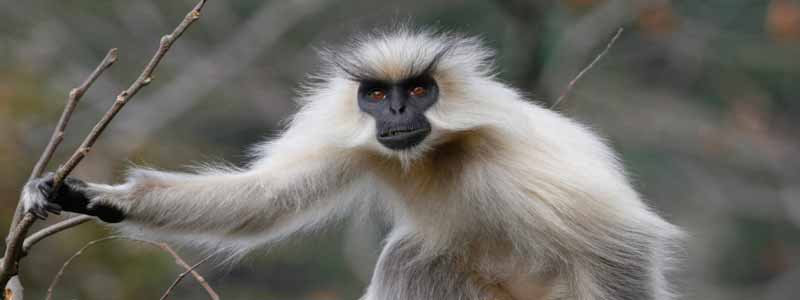
Best Time to Visit
The best time to visit this park is during the winter months of November through February to sight the migratory birds and endemic animals. Nevertheless, the park is open throughout the year and sighting the animals is subject to luck and guidance of the park authority.
November through February, the Royal Manas National Park weather remains pleasant. The climatic variations are quite common although minimal rainfall is seen during the winter season. Around 5,000 mm rainfall is witnessed every year during May through September.
How to reach?
By Air – Nearest airport is Guwahati airport, about 170 Km from the Manas National Park. Guwahati airport is well connected by road to Royal Manas National Park.
By Rail – Nearest railway station is Barpeta railway station, about 50 Km from the Manas National Park. Barpeta railway station is well connected by road to Manas National Park.
By Road – Manas National Park is well connected to Major Cities and Places by road network. There are a number of government and privately operated vehicles that go to Royal Manas National Park at frequent intervals.

